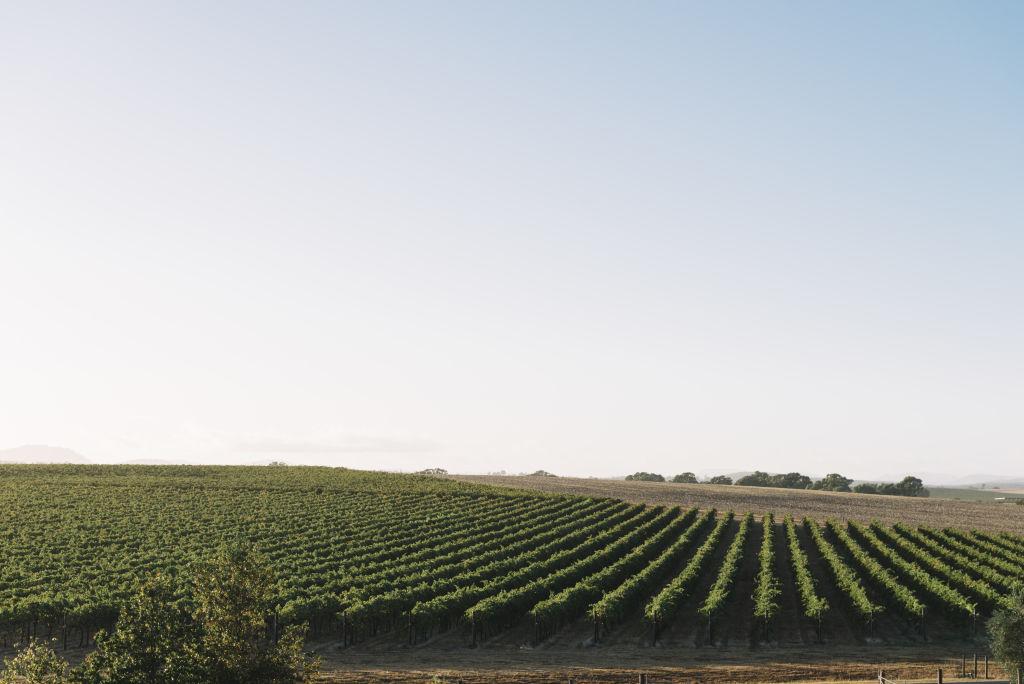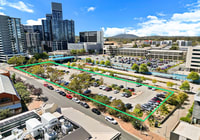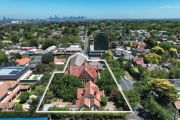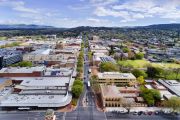
The three things needed to lift winery asset sales out of the slump
Australia’s wine sector, hurt by a lack of transactions as wineries and vineyards struggle to get sold, will benefit when interest rates start falling and consumer spending increases, but deals will pick up only when banks are willing to lend more, industry figures say.
Weak consumer spending, high borrowing costs and a glut of inventory triggered by China’s decision to exert punishing tariffs on Australian wine imports in 2020 – which are still to be fully absorbed nearly a year after they were removed in March – have crimped the appetite for wine assets.

“There are fewer buyers and we’re taking longer to get transactions done,” said Stephen Strachan, the head of advisory at Adelaide-based Langley & Co, a winery broker and consultancy.
“I don’t think a 25-basis-point cut in rates is going to move the dial too much. The issue there is more about banks’ sentiment. That’ll only change when margins improve.”
Winery transactions in Australia – the world’s sixth-largest producer of wine, with 9.6 million hectolitres in 2023 – are weaker, as with many commercial property sectors.
Some high-profile assets brought to market last year remain unsold, including Pernod Ricard’s 27-hectare Richmond Grove Winery at Tanunda in SA’s Barossa Valley. Selling agent Colliers’ Tim Altschwager said he was in negotiations with several parties over it.
“Vineyard and winery transactions have been down across the key wine regions of Australia,” HTW valuer Chris Algie says in the consultancy’s latest Wine & Vineyard Market Overview.

“A number of reputable winery and cellar door facilities have been offered to the market over the past 12 months with limited success. If grape prices, profitability, and balance sheets continue to improve, buyer confidence is likely to follow. However, any rises in vineyard or winery values may lag, given the high level of stock currently sitting on the market.”
Cain Beckett, the managing partner for rural and lifestyle sales at agency Jurds, said that in the NSW Hunter Valley, where wine properties ranged from small residential-scale hobby assets to large commercial operations, demand was stronger at the smaller end.
“As there becomes more commerciality to the project, that makes it harder to sell at the moment,” Mr Beckett said. “The market for them is thinner.”
Just before Christmas Mr Beckett had cut the price guide on a 37-acre (15-hectare) property with a five-bedroom manor house, guest house and cellar door barn in Lovedale from $5-$5.5 million to $4.75-$4.95 million.
The upmarket property at 247 Wilderness Road had “a bit more commerciality than just a residential” one, Mr Beckett said. “But because it’s got a bit of diversity with accommodation, it’s not purely agricultural based,” he said.
Starting from scratch
Mr Angie said some inland vineyard properties had been purchased by buyers who wanted to redevelop the land for other crops.
“These buyers have seen opportunities to acquire vineyards with some existing irrigation infrastructure at historically low prices, often at a cheaper overall cost than starting from scratch with greenfield developments,” he said.
In October, Salena Estate in the SA Riverland region, a family-owned business with a 15,000-tonne winery, a 17 million-litre storage facility, 185 hectares of vineyards, and a fully equipped laboratory with a bottling line that fell into administration in February, sold for a reported $9.2 million – making a 5¢ return in the dollar for unsecured creditors – to an entity of Australia’s largest importer of wool into China, Qingnan Wen.
Australia’s total wine production rose 8 per cent in FY2024 year-on-year to 1.04 billion litres (the equivalent of 116 million nine-litre cases), figures from the official agency Wine Australia show.
Total sales exceeded production for the second year, cutting the national inventory – boosted by the sudden loss of the once-lucrative Chinese market – by 228 million litres, or 10 per cent, to 1.96 billion litres.
At the margin
Buyers were still willing to pay for good-quality assets, such as the Marengo Vineyard in Tasmania’s Coal River Valley and Denton Wine in Victoria’s Yarra Valley, and as consumption – and profit margins – picked up for wine businesses, more deals would flow, Mr Strachan said.
Vineyard rates varied, but were not as strong as they had been, he said.
“In the Barossa two years ago, a very high-quality shiraz vineyard would go for $140,000 per hectare,” Mr Strachan said. “There are very few sales that indicate they’re now that high.”
But prices in other locations were holding up, even though transaction volumes were down, he said.
“For a good quality chardonnay or pinot vineyard in Yarra Valley, you’re talking $150,000 or more. A high-quality vineyard in Tasmania is north of $200,000 per hectare. They’re pretty respectable prices. There are pockets of success in the wine industry.”
As the industry recovered from China’s now-lifted regime of severe tariffs that slashed exports, the worst had passed but the pace of recovery – and a pick-up in asset values – was still uncertain, Mr Strachan said.
“Where the industry’s been has probably been as low as it will go and there are some signs of improvement,” he said. “No one knows when that will be.”











